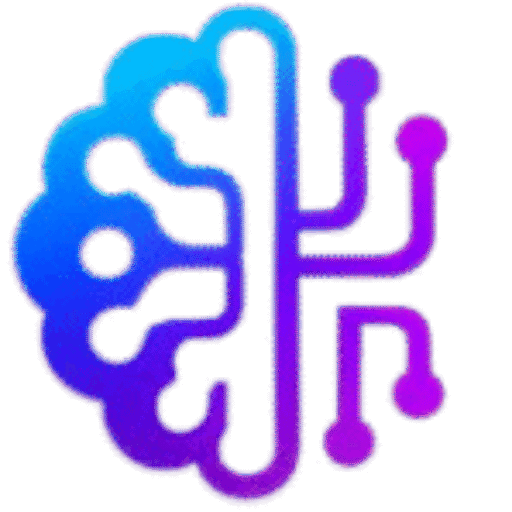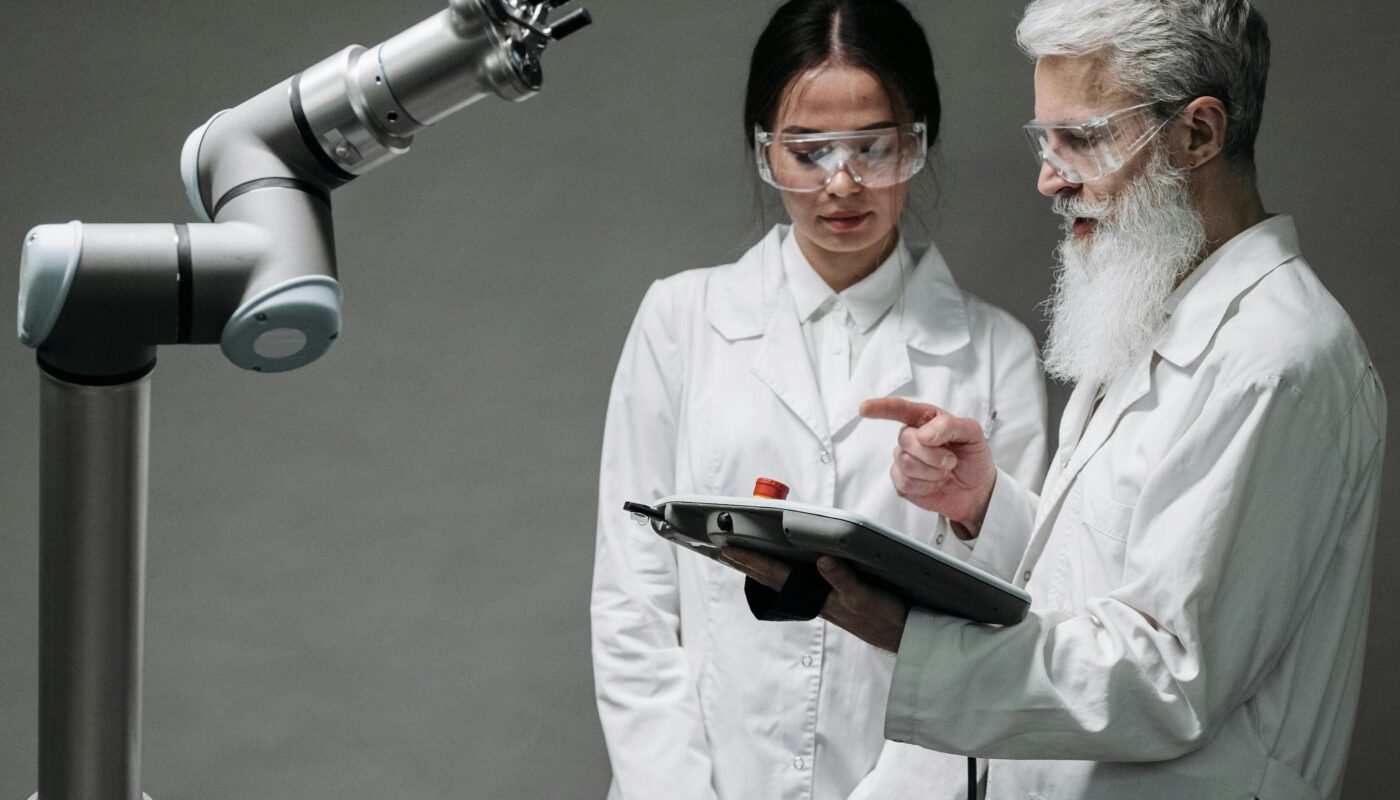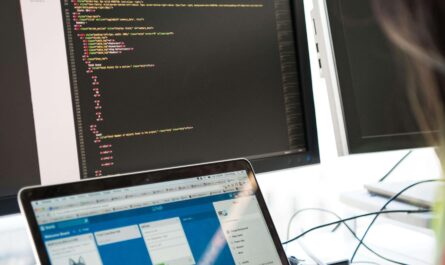How AI Is Revolutionizing Product Design: A Beginner’s Guide
Keyword Focus: How AI is revolutionizing product design
Introduction
Product design is no longer just about creativity—it’s about intelligent creativity. Thanks to artificial intelligence (AI), product designers now have tools that analyze, predict, and assist in every phase of design. From sketching an idea to launching a final prototype, AI has started to play a vital role in transforming the entire design process.
In this beginner-friendly guide, we’ll explore how AI is revolutionizing product design, what skills you need to grow in this new age, and how beginners can start learning and using these tools easily.
What Is AI in Product Design?
AI (artificial intelligence) in product design refers to the use of intelligent algorithms and tools that assist designers in making faster, smarter, and more user-centered decisions. These tools can:
- Suggest design layouts
- Auto-generate UI components
- Predict user behavior
- Analyze feedback in real time
- Help create better prototypes
Why AI Is a Game-Changer for Product Designers
Here’s how AI is transforming the product design landscape:
1. Faster Ideation & Concept Creation
AI tools like Uizard or Galileo AI allow you to turn simple text prompts or sketches into UI designs instantly. This removes hours of manual wireframing.
Example: Type “mobile app for online grocery shopping” and the AI will generate a full design screen!
2. Smarter Prototypes with Less Effort
Instead of manually linking every button and transition, AI now automates user journeys, helping designers test ideas faster.
Tools like Visily let you create interactive prototypes without writing a single line of code.
3. Personalized User Experience (UX)
AI analyzes real-time user behavior and suggests designs tailored to different user segments. This means better user satisfaction, retention, and engagement.
Think Netflix UI showing what you love? That’s AI-based design personalization.
4. Improved Aesthetics with AI Assistance
AI tools like Khroma help you create visually appealing color palettes and styles by learning from your preferences.
No more guessing what color suits your theme — AI gives you a designer look effortlessly.
5. Time and Cost Saving
Startups, solo designers, or even enterprise teams are saving money and time by using AI-based design tools instead of large teams or long revision cycles.
A 3-week process can now be done in 3 days!
Learning Outline for Beginners
If you’re new to AI in design, don’t worry. Here’s a step-by-step learning plan to build your skills quickly.
Step 1: Understand the Basics of Product Design
- Learn core principles: usability, UX/UI, prototyping, and wireframes.
- Follow design tutorials on YouTube or platforms like Coursera’s Google UX Design Certificate.
Recommended Time: 1–2 weeks
Step 2: Learn Design Tools (Figma, Adobe XD)
- Learn how to design using tools like Figma (many AI tools integrate with it).
- Understand layers, components, auto-layout, and export.
Recommended Time: 2 weeks
Step 3: Explore AI Tools for Product Designers
- Try free tools like
- Uizard (AI for turning sketches into mockups)
- Khroma (AI color palette generator)
- Galileo AI (Prompt-based UI design)
- Visily (No-code wireframes)
- Relume (Website wireframe AI)
Recommended Time: 1 week (Hands-on practice)
Step 4: Build a Mini Project
-
Create a basic mobile app or website design using AI tools.
-
Use AI for layout, color, typography, and UX.
Example: Design an “Online Bookstore App” using Uizard + Figma.
Step 5: Join Communities & Stay Updated
- Platforms like Reddit, Discord, and Twitter have strong design + AI communities.
- Follow influencers like Charli Marie, Femke, and UX Collective.
Skill Improvement Tips
Here’s how to upgrade your product design skills faster:
1. Practice Daily Design Challenges
Join daily UI challenge websites or social pages. Try to replicate designs using AI tools.
2. Use Templates First
Many AI tools come with ready-to-edit templates. Use them to understand structure and best practices.
3. Reverse Engineer Top Designs
Use Dribbble or Behance to find popular product designs. Recreate them using AI tools.
4. Learn Prompt Writing for AI
Many AI tools (like Galileo or ChatGPT + Figma) rely on text-based prompts. Learn how to describe your ideas clearly.
Example Prompt: “Design a dashboard for a fitness tracking app with dark theme and step counter.”
Best AI Tools for Product Designers (2025 Picks)
Tool Name |
Best For |
Free Plan |
Link |
|---|---|---|---|
| Uizard | Sketch to Mockup | ✅ | uizard.io |
| Galileo AI | Text-to-UI Design | ❌ | galileo.ai |
| Khroma | AI Color Generator | ✅ | khroma.co |
| Visily | No-code Design Tool | ✅ | visily.ai |
| Relume | AI Website Wireframes | ✅ | relume.io |
FAQ—AI in Product Design
-
1. What is AI in product design?
AI in product design means using intelligent tools that help designers create faster, more accurate, and user-centered designs. These tools can suggest layouts, automate prototypes, and analyze user data.
2. Can beginners use AI design tools?
Yes! Many tools like Uizard and Khroma are beginner-friendly. You don’t need coding skills—just basic design knowledge.
3. Do I need to learn coding to use AI tools?
No. Most AI tools for product design are no-code or low-code, which means you can drag, drop, and edit without technical knowledge.
4. Is AI replacing designers?
No, AI is not replacing designers. It’s helping them work faster and make smarter decisions. Designers who learn to use AI will have an edge in the future.
5. What are the best free AI tools for product design?
Top free tools include Uizard, Khroma, Relume, and Visily. They offer great features even on free plans.
6. How can I improve my product design skills using AI?
- Practice with tools like Uizard or Figma AI
- Follow tutorials
- Reverse engineer top designs
- Do daily design challenges
Final Thoughts: The Future Is Smart Design
AI is not replacing designers—it’s enhancing their creativity and workflow. As a beginner, you don’t need to be a tech expert. All you need is curiosity, the right tools, and a willingness to learn.
Start today with one AI tool. Build one design. Then keep going.
Designing smarter doesn’t mean working harder—it means working with AI.





